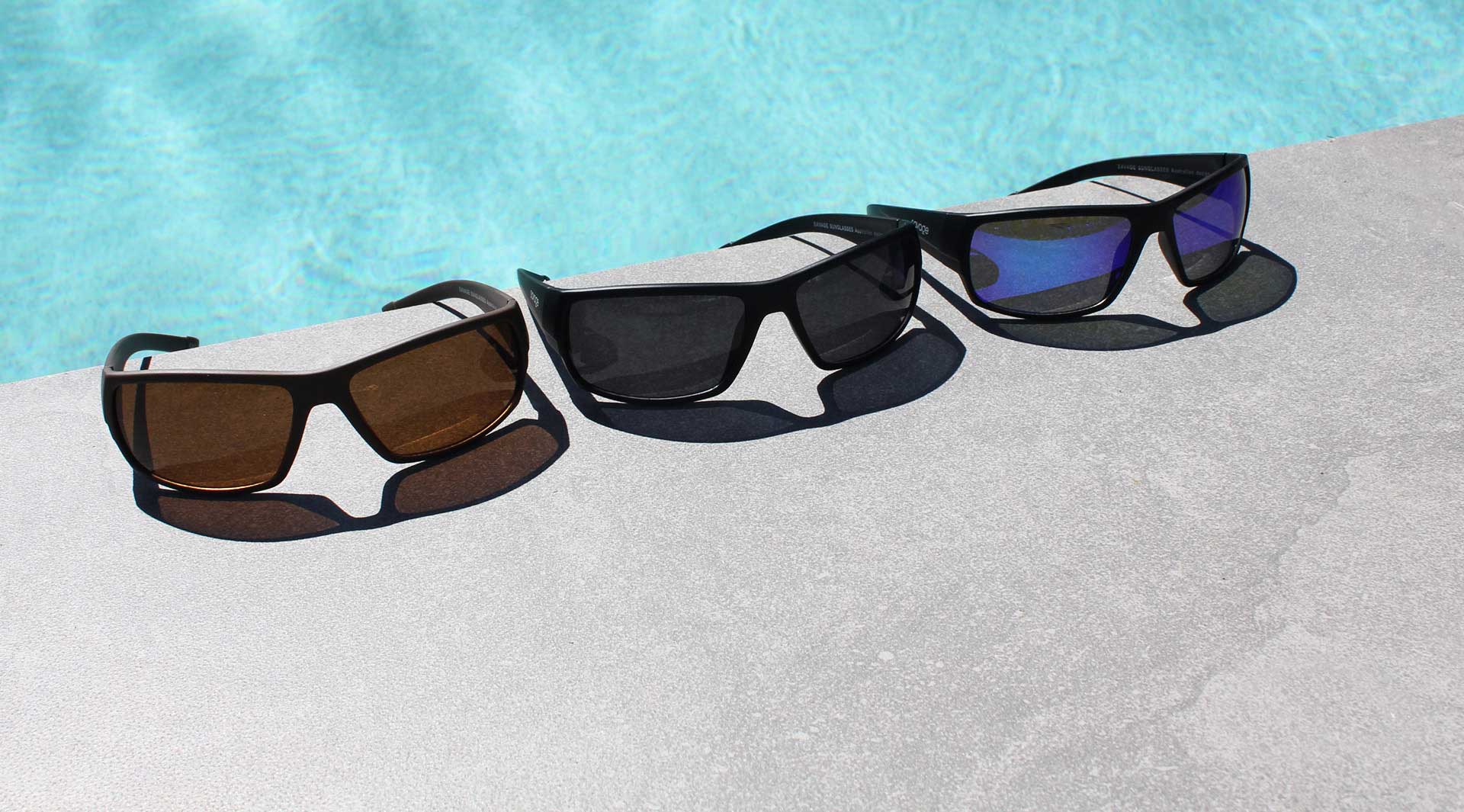The world of plastic sunglass frames cover many different materials and many of the products can feel very similar to each other however their composition is different.
Cellulose Acetate (also called Zylonite). It’s lightweight and offers creative options – it can have layered colours, patterns injected into the material and the frames are extremely comfortable. The frame is punched out of large sheets with some wastage as the material cannot be reheated.
Cellulose Acetate Proportionate – a nylon based hypoallergenic plastic (won’t cause skin irritation). It’s lightweight and strong. It can’t layer individual colours but offers transparency and a gloss finish beloved by manufacturers of both optical and sunglass frames.
The new Polyamides – Gliamides TR90 Co-Polyamide – are strong, lightweight and flexible. Fantastic for sports and performance frames.
Plastic frames made from Caster Seed Oil are now used in optical and sunglass frames. These are bio-degradable.
Plastic and pure Nylon made from a petroleum base. Mainly used in low cost sunglasses. They are very lightweight, flexible and strong however the majority are not hypoallergenic so could caused skin irritation with long term wear and in hot/humid conditions. Nylon and plastic are very susceptible to heat. Therefore don’t leave your sunglasses on the dashboard on a hot day, and they do tend to slide off your face on a humid day. The ability to create patterns is also problematic hence why most patterns are coated on to the frame – they will therefore wear off. Nylon & plastic frames are not bio-degradable.
We haven’t forgotten about Polycarbonate frames. Polycarbonate is classified as a resin NOT PLASTIC and is a material beloved of sunglass brands such as Oakley and us, Savage Sunglasses. We will write a separate story on Polycarbonate.
Just remember, not all ‘plastic’ is the same!




